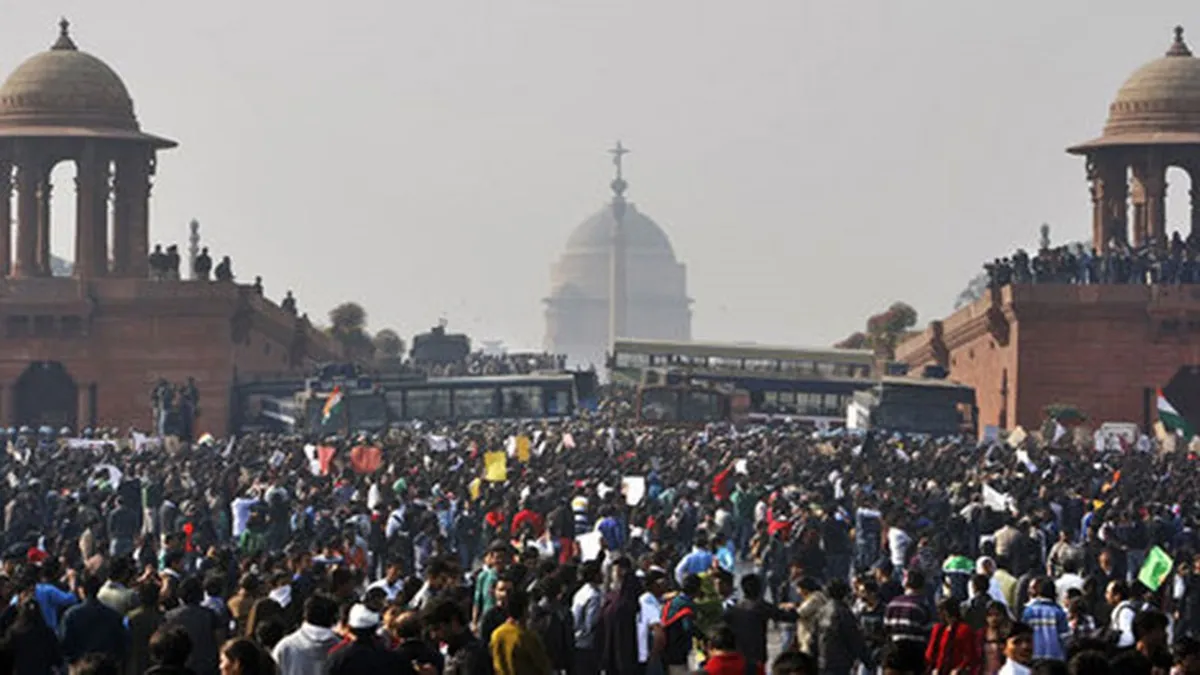India's population has reportedly soared to an estimated 144 crore (1.44 billion), with approximately 24 per cent falling within the 0-14 age bracket, as per a recent analysis by the United Nations Population Fund (UNFPA). The UNFPA's latest report, titled "Interwoven Lives, Threads of Hope: Ending Inequalities in Sexual and Reproductive Health and Rights," forecasts that India's population could potentially double in 77 years. Notably, India takes the lead globally with an estimated population of 144.17 crore, with China following closely at 142.5, according to the findings in the report.
What was India's population during last census?
India's population stood at 121 crore during the last census in 2011. According to the recent report, approximately 24 per cent of India's population falls within the 0-14 age bracket, while 17 per cent are aged between 10-19. Furthermore, the age group of 10-24 is estimated to constitute 26 per cent, while those aged 15-64 make up 68 per cent. Additionally, 7 per cent of India's population is aged 65 years and above, with men having a life expectancy of 71 years and women 74 years.
The report highlights that despite 30 years of progress in sexual and reproductive health, marginalized communities worldwide have been mostly overlooked. It also notes that child marriage rates in India stood at 23 per cent between 2006-2023.
Maternal deaths in India
The report noted that maternal deaths in India have fallen considerably, accounting for 8 per cent of all such fatalities worldwide. “India’s success is often attributed to improved access to affordable, quality maternal health services as well as efforts to address the impact of gender discrimination on health outcomes,” the report said. However, the report noted that India continues to see dramatic inequities in maternal death risk.
Citing findings from a report titled "Estimates and Correlates of District-Level Maternal Mortality Ratio in India" by PLOS Global Public Health, the UNFPA highlighted recent research conducted across India's 640 districts. The study revealed that while nearly one-third of these districts have successfully met the sustainable development goal of reducing the maternal mortality ratio to below 70 per 100,000 live births, 114 districts still exhibit ratios of 210 or higher.
“The highest — 1,671 per 100,000 births — is seen in Tirap district of Arunachal Pradesh, a rural area with a high proportion of indigenous peoples. While disaggregating these figures by socioeconomic group, ethnicity, caste or religion is challenging, these factors clearly play a role in health outcomes,” it said.
Women with disabilities at high risk
Furthermore, the report underscored that women with disabilities are at a significantly higher risk, up to 10 times more likely, to experience gender-based violence compared to their counterparts without disabilities. It also emphasized that advancements in healthcare access have predominantly favoured wealthier women and those belonging to ethnic groups already enjoying better healthcare access.
“Women and girls with disabilities, migrants and refugees, ethnic minorities, LGBTQIA+ people, people living with HIV and disadvantaged castes all face greater sexual and reproductive health risks and also unequal access to sexual and reproductive health care,” the report said.
Their vulnerability is further compounded by powerful forces such as climate change, humanitarian crises and mass migration, which often have a disproportionate impact on women at the margins of society, it said.
ALSO READ: IMF raises India's growth projection to 6.8 per cent in 2024 citing rising working-age population

